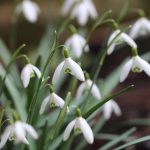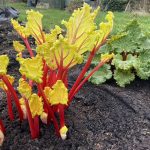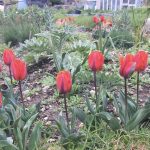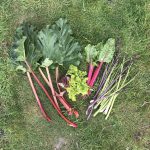You may be wondering why December is ‘month one’ in my calendar when typically it’s seen as month twelve. It’s because December is the month when the northern hemisphere, where I live, has the winter solstice, the shortest day and longest night. To me, this is the real New Year because it signifies the start of a new growing year, as days grow longer and weather will, eventually, grow warmer again. December for me is a time of planning and dreaming about the year ahead.
Winter prune fruit and shrubs
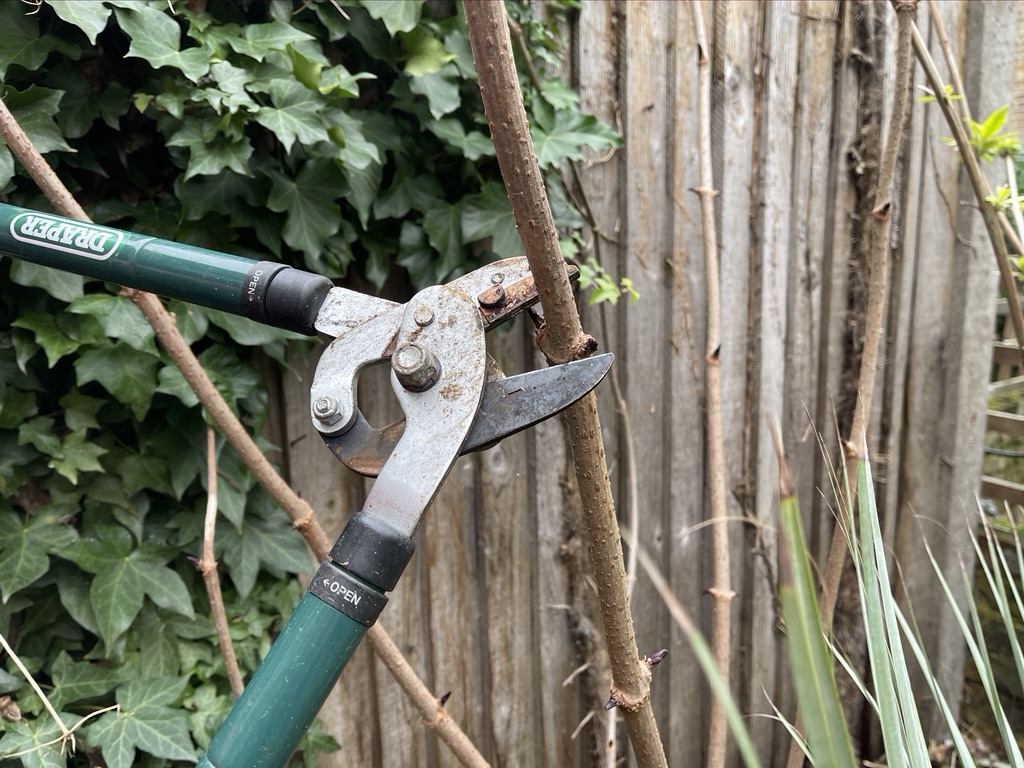
This is a job I look forward to every year! Pruning is a vast subject that I can’t completely cover here because it’s so specific to every plant. My best advice is to find out the plant you’d like to prune, and then research the right time and method to do so. It’s never hard, but it does vary from plant to plant.
Once all leaves have dropped from deciduous fruit trees and bushes, and ornamental shrubs, you can prune them at any time until the leaves grow again. The exception is for prunus species: plum and cherry trees, which are so susceptible to diseases, they should only be pruned on a mid-summer dry, hot day.
There is one rule for all pruning, no matter the plant: always start by removing dead, damaged, diseased or crossing branches. Once these are gone, they plant is immediately improved and it’s easier to see what you need to do next.
Apples and pears are pruned for structure in winter, keeping them to 4 – 5 main branches in an open goblet shape with side shoots (called spurs) where the flowers and fruit grow. The side shoots are cut to about 20cm long, with 3 shooting points on them. You can also train them against a wall in a fan or tiered espalier shape.
Autumn fruiting raspberries are easy, you cut them to the ground. Summer fruiting raspberries have the old canes that fruited this year removed, the new shoots are kept for fruit next summer.
Gooseberries and other fruit bushes are similar to apples and pears but on a mini scale, looking for 4 – 5 main stems with spurs coming off them kept short.
Ornamental shrubs are pruned around their flowering times, with any mid to late summer flowering shrubs pruned in winter. Spring flowering shrubs should wait to be pruned after flowering in late-spring.
As you can see, pruning is a big topic, check out the RHS pruning page to take a more detailed look for your plants.
Winter harvests
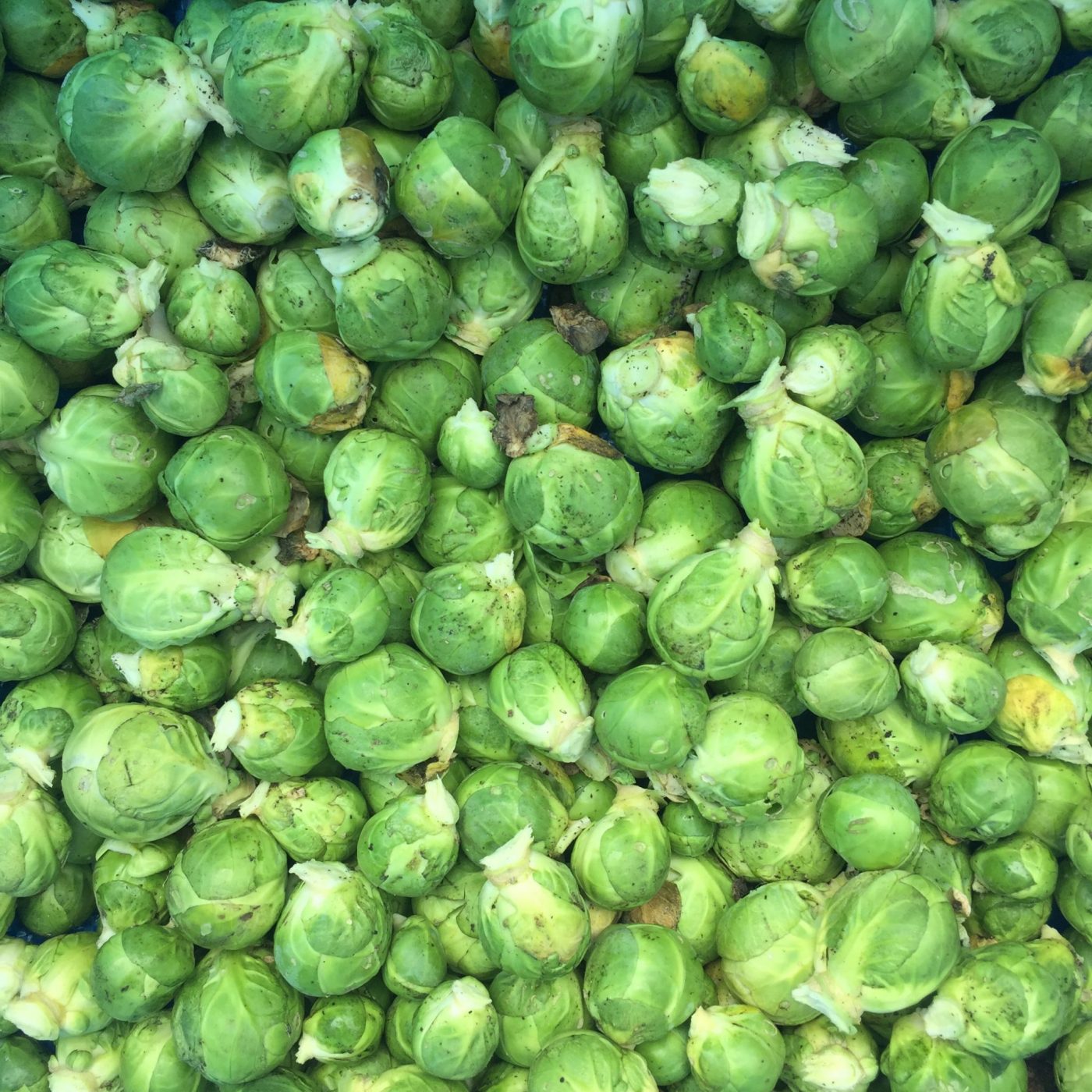
Pick sprouts from the bottom up before their leaves start opening up. They’re still edible when they open up but dirt and insects can then get in them requiring more cleaning. If you pick sprouts as you need them rather than cutting the whole stem at once, you’ll have slightly more sprouts through the winter and they effectively store longer on the plant.
After the first few frosts parsnips will be ready to lift and eat as you need them. I leave them in the ground and pick as required, though you can store them in sand in a cool, dark spot inside. Jerusalem artichokes make a good crop for winter harvesting too.
I grow plenty of kale and chard for picking through winter, they’re excellent leafy greens, though pheasants and pigeons can take a liking to them as well. Protect with netting if they’re a big problem.
If you sowed winter salad leaves to grow in your polytunnel, greenhouse or on your windowsill, pick the outer leaves as they grow, making sure the plant always has a good number of leaves on top to keep growing.
Stuff to sow is limited
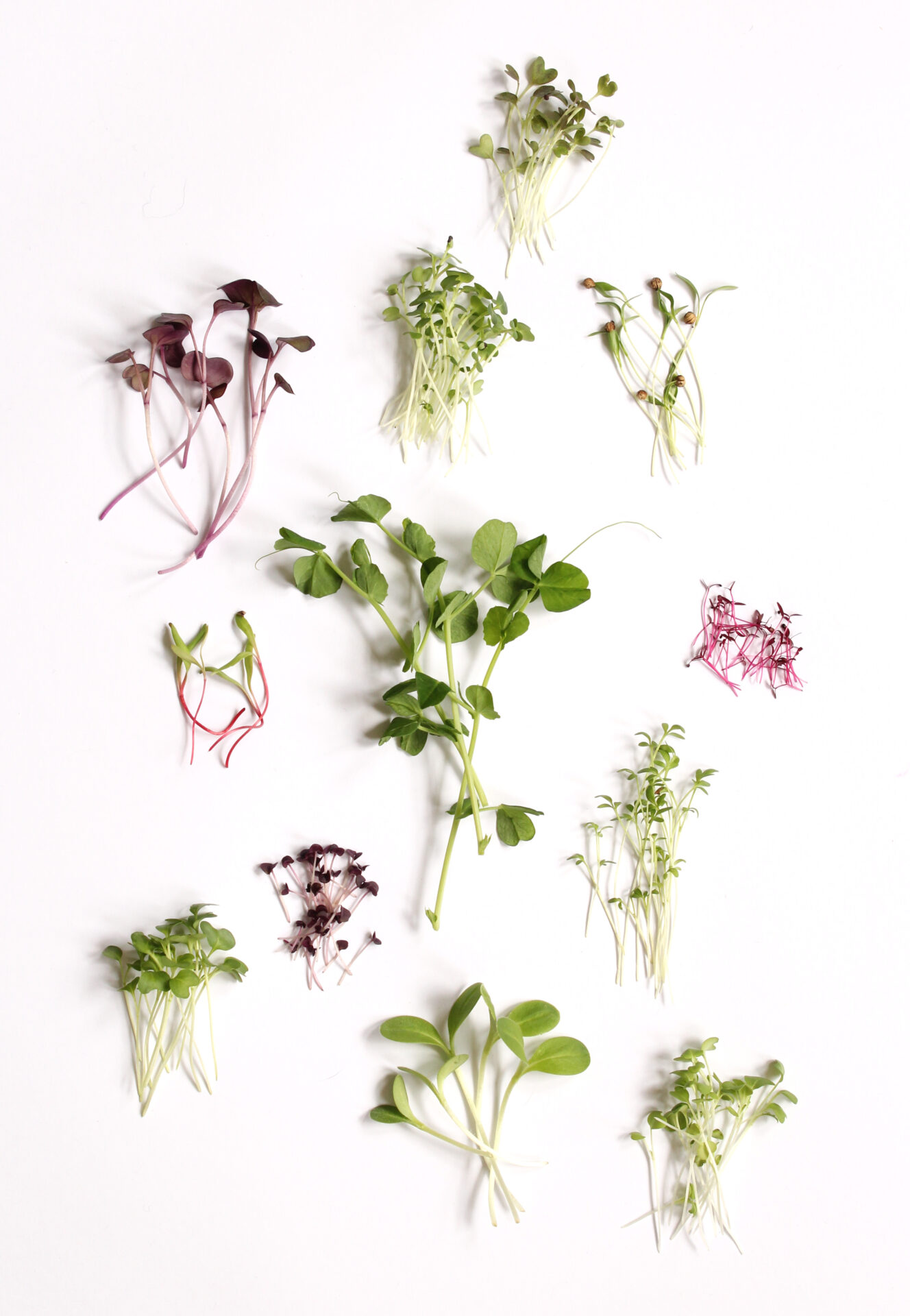
The only things to sow this month, if you’re keen, are microgreens on a sunny windowsill inside and onion seeds toward the winter solstice.
Weed and cover vegetable areas
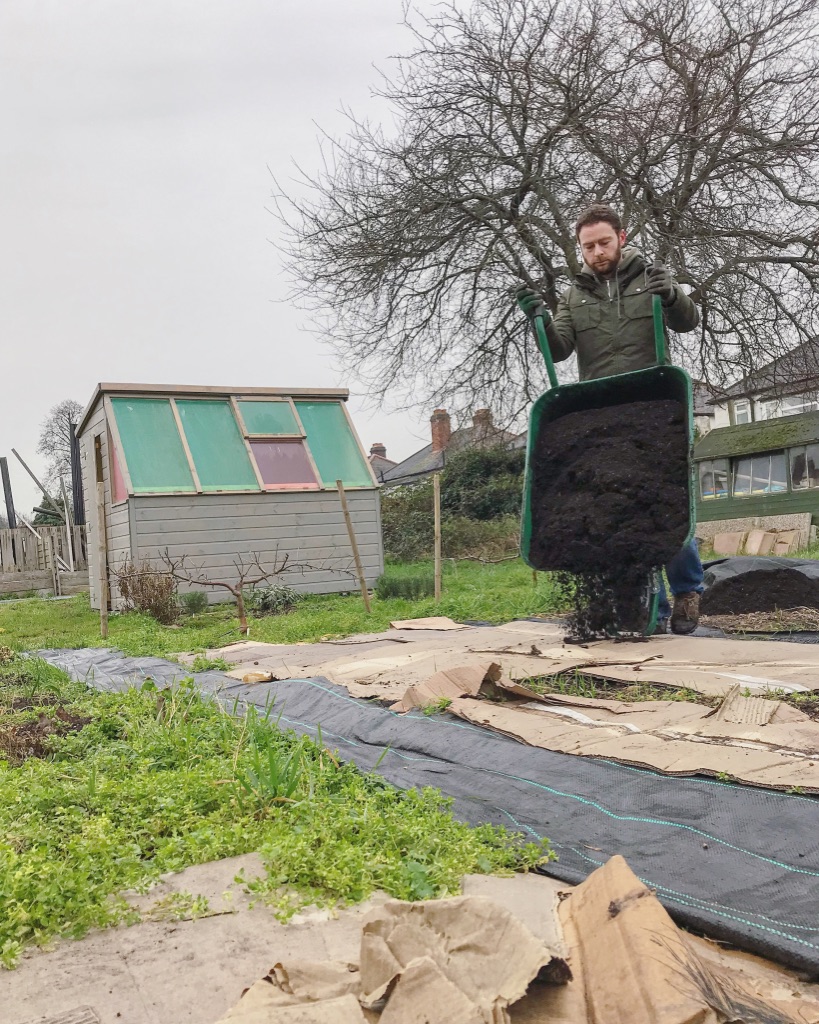
Although some planting areas in the kitchen garden or allotment will have edibles in them over winter, many will now be empty ready for next year. If you haven’t already, dry days this month are a good chance to remove any unwanted weeds from them and to cover them with a mulch of peat free compost or well-rotted manure. This will both enrich the soil with nutrients for next year and suppress new weed growth, which still happens through winter, by blocking light. Some annual weeds can simply be covered and they’ll die under the mulch but perennials will grow through and must be removed.
The amount of organic matter you add depends on the crops you plan to grow next year and how depleted of nutrients you think the soil is. The latter can be too hard to work out by eye and a small amount of organic matter, about 3cm or so, will be fine for most crops when added every year. If, like me, you find weeds still grow through mulch, no matter how deep you make it, supplement it with a layer of brown cardboard beneath the mulch first.
You can also use weed suppressant matting over the top of mulch (not underneath!) being aware this material has a footprint on the planet as it’s unlikely to ever be recycled, so eventually it ends up in landfill. Therefore it’s best to minimise its use, or avoid completely. I have some that I reuse and will continue doing so for as many years as I can. Be very careful not to tear it as the threads can easily come off and disappear into your soil, this happens especially along cut edges.
Give houseplants some love
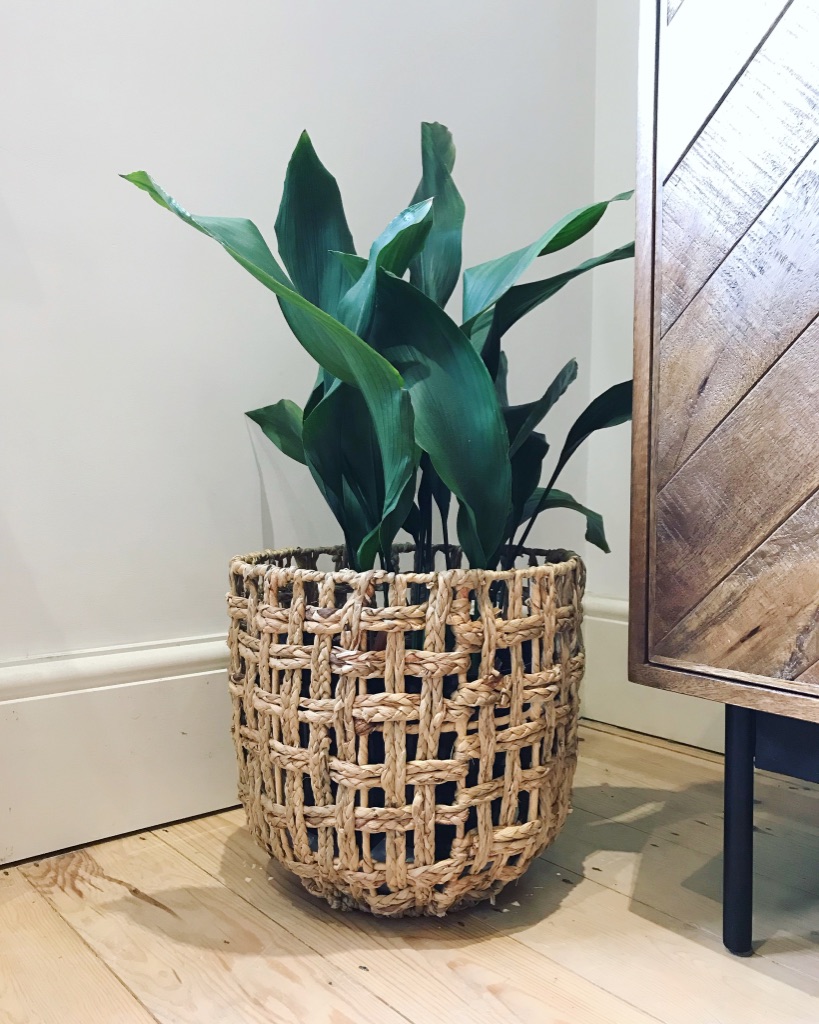
It’s around this time of year, as I spend more time indoors, that my attention turns to the houseplants. You might notice that some of your houseplants are starting to show signs of growth right now. This can be because they’ve evolved to be short day plants, growing when days are shortest, or the central heating is tricking them into thinking it’s summer inside. Either way, if they are actively growing, you can add a half strength diluted liquid seaweed fertiliser when you water them. This will encourage healthy growth.
If a houseplant isn’t showing signs of growth now, don’t feed them. It won’t encourage them to grow now, it will simply damage the roots. Only ever feed plants in active growth when they can absorb the fertiliser.
It’s also a good time to take a good look at the plants, give their leaves a dusting with a damp cloth and cut off any damaged leaves.
While most publications say to repot houseplants in spring when weather is warmer, I repot mine now while I have time and attention to give them. They’ll thank you for the new compost and nutrients.
If some plants have outgrown their pot and you don’t have space for a bigger pot, you can cut off the lower third of the roots in the pot, replace that with new compost and replant. Most plants will respond well to this.
Clean and repair tools
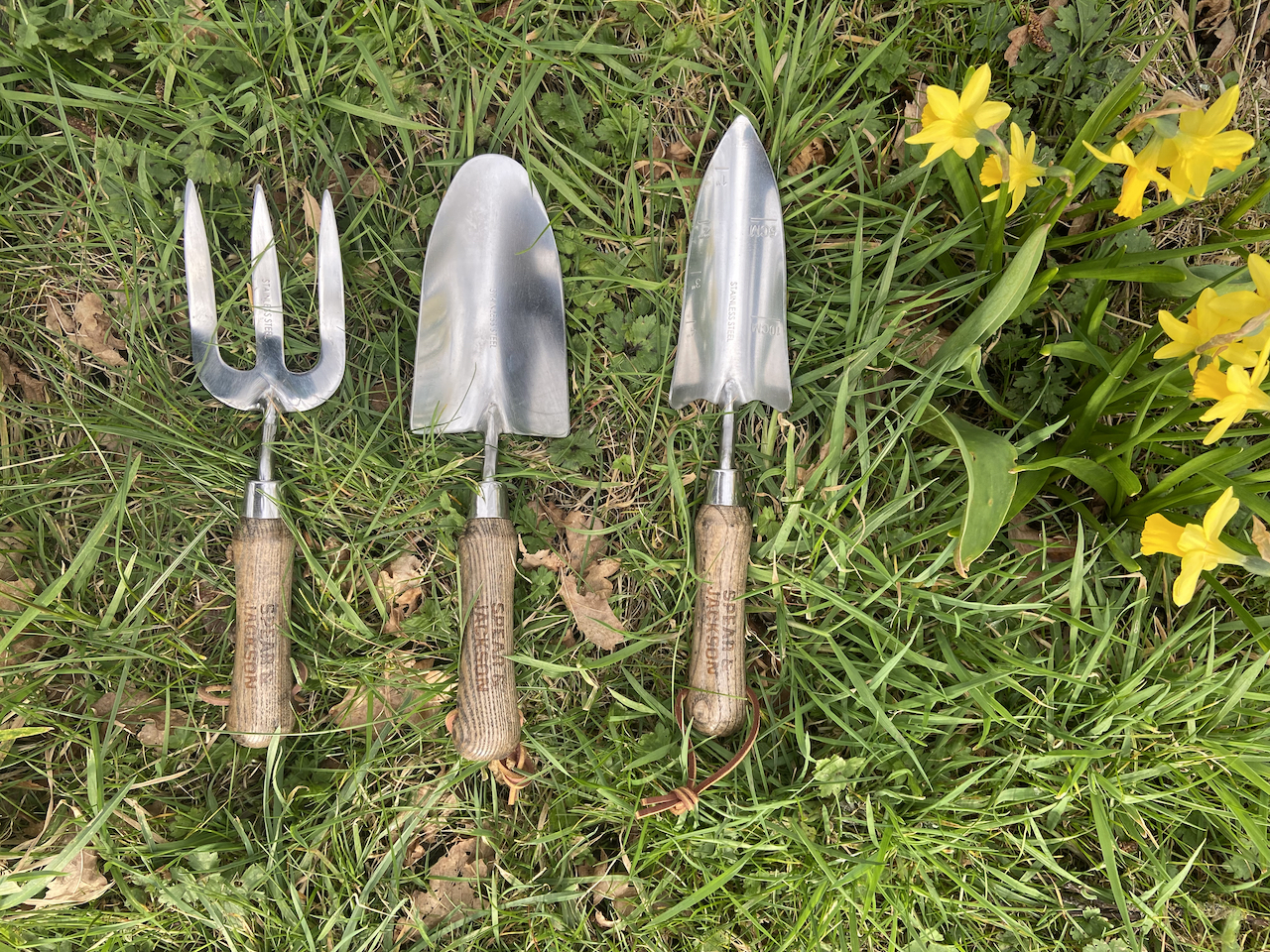
Rainy days are always a good time to look at your tools, giving them some love for next year. Clean off mud, oil the wooden handles, sharpen blades. Remember to sharpen your spade, trowel and hoe with a file to keep these sharp, it makes a big difference!
